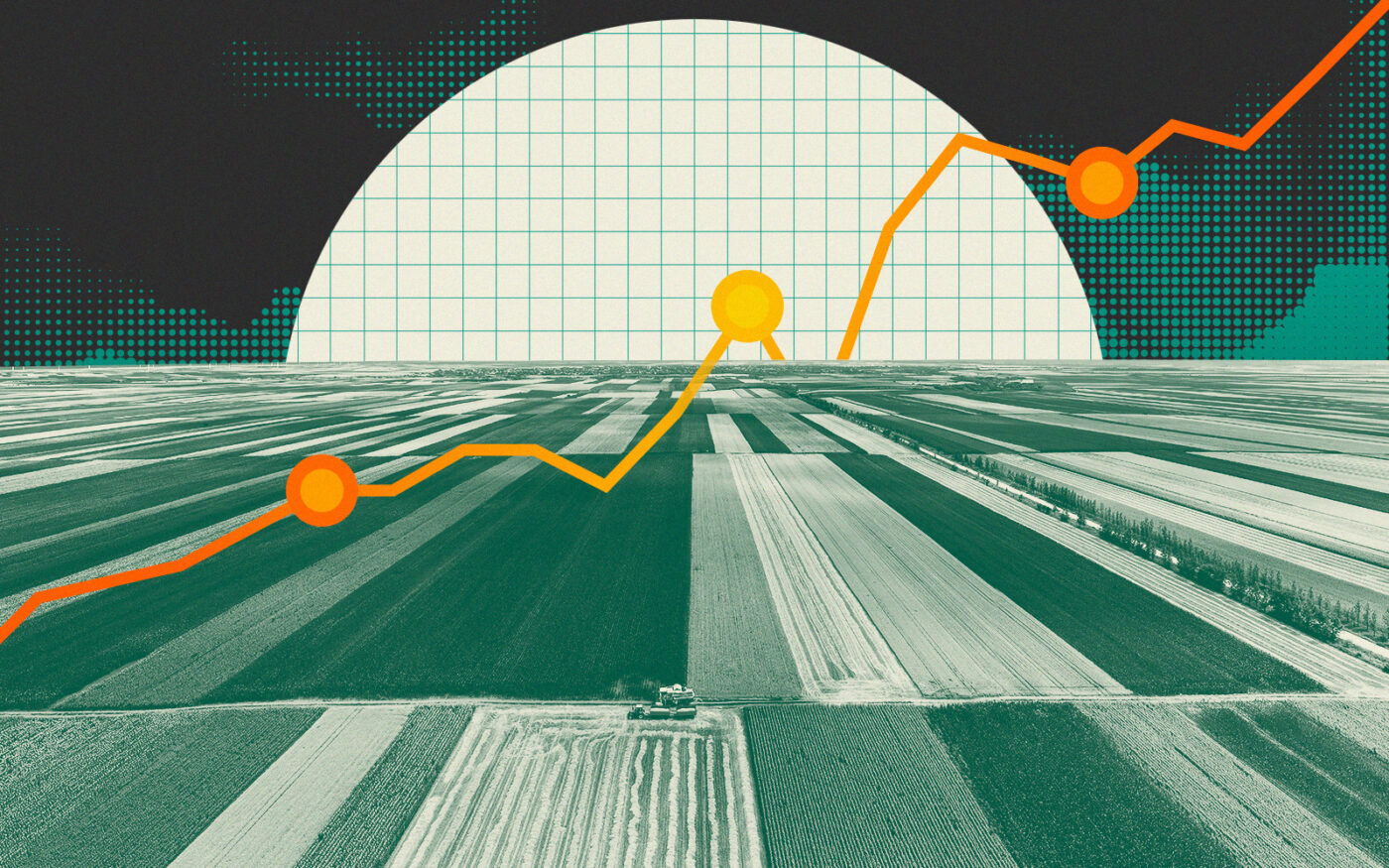
Farmland prices soar while other real estate sectors struggle
As brick-and-mortar assets fluctuate, competition in the land market heats-up

Mark Twain once said “buy land, they aren’t making it anymore.”
Investors took that message to heart in recent years as land prices have been booming across the country. Farmers National Company, a real estate services firm for landowners, reported record sales across several states last year and think competition will remain high in 2023.
Farmers National reported record sales of $766 million in 2022, which beat the previous record of $750 million in 2021. The company reported year-over-year competitive land auction sales were up 75 percent last year. Land sales, particularly in Corn Belt states, reported increased year-to-year values between 20 percent to 34 percent.
Paul Schadegg, Farmers National vice president of real estate, wrote in a recent report there is a true supply-and-demand scenario taking place across the country.
“There are simply more buyers willing to bid on the limited amount of land coming into the market. Commodity markets and strong cash rents provide buyers with the necessary returns to meet their investment criteria while giving them the opportunity to expand operations or add land to their investment portfolio,” Schadegg wrote.
National cropland values averaged $5,050 per acre in 2022, an increase of $630 per acre or 14.3 percent from the previous year, according to the U.S. Department of Agriculture.
In Texas, farmland values rose by 11 percent last year up to $2,650 per acre, but prices in the south were relatively inexpensive compared to the rest of the country, according to the report. Corn Belt states like Iowa and Indiana hit record averages around $9,000 per acre. Populous coastal states like California and Florida saw prices reach an average of $12,000 and $6,000 per acre, respectively.
Agriculture experts state economic drivers such as high prices for crops, low interest rates (until recently) and government subsidies all contributed to the farmland value boom. While commercial land investors have helped drive up competition on farmland values, 75% of successful buyers are still, well, farmers, the Farmers National report shows.
“We expect this trend to continue as many investors see the long-term value of farmland, the opportunity to diversify investments, and the value of land as a hedge against rising inflation,”Schadegg wrote.
Farmland supply is extremely limited, only about 1 percent of available land changes hands a year, the Federal Reserve Bank of Minneapolis reports. Sales are so rare that only 10 percent of the total 93 million acres of owned farmland in the country transferred owners between 2015 and 2019, according to the U.S. Department of Agriculture.
While land value increases benefit the market and landowners, many farmers with smaller operations are being priced out. A survey by the National Young Farmers Coalition last year found that finding affordable land for purchase is the top challenge in the industry.
As interest rates increased this year, some financial experts do expect record land sales to stall. The Kansas City Federal Reserve Bank reports droughts and increased farming expenses to contribute to a decline or steadying in values. Interest rates on farmland loans have reached the highest levels in over a decade and are putting increased financial pressure on landowners.
Whether the values continue to climb or slow, Schadegg believes competition will only increase in the farmland market.
“We are cautious as interest rates continue to rise and inflation becomes a large factor in cropping inputs. These factors have the impact to decrease net farm income, erode operator equity and subsequently pressure farmland value,” Schadegg wrote. “So, we sit at a somewhat precarious point in time where opportunity exists for both land sellers and buyers.”
Read more







